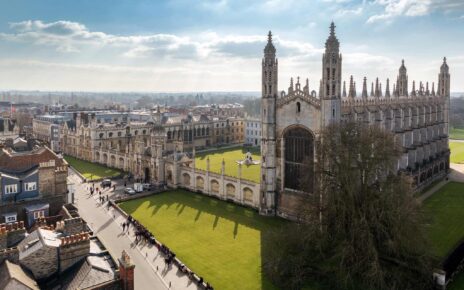Dante Alighieri’s “Inferno,” the first part of his epic poem “The Divine Comedy,” takes readers on a harrowing journey through the nine circles of Hell. Written in the early 14th century, Dante’s work remains a timeless exploration of sin, punishment, and redemption. Let’s delve into the intricacies of each circle and unravel the symbolic layers that make this descent into Hell a profound literary experience.
The First Circle: Limbo
The journey begins with Limbo, a place reserved for the virtuous pagans and the unbaptized. Here, notable figures from antiquity, like Homer and Socrates, reside in a state of eternal longing. Although they lived honorable lives, the lack of Christian baptism consigns them to this place, forever separated from the divine presence.
The Second Circle: Lust
As Dante and his guide, Virgil, descend further, they reach the second circle, dedicated to those who succumbed to the sin of lust. The souls here are tossed and buffeted by fierce winds, symbolizing the restless nature of their desires. Among the condemned are Cleopatra and Helen of Troy, their passion leading them to an unending whirlwind of torment.
The Third Circle: Gluttony
Moving deeper into Hell, Dante encounters the gluttonous souls in the third circle. Here, the damned lie in a vile slush, subjected to a never-ending, freezing rain. Their excessive indulgence in food and drink during their earthly lives has led them to this dismal fate. Cerberus, the three-headed dog from Greek mythology, guards this circle, emphasizing the voracity of the sinners within.
The Fourth Circle: Greed
Greed, the insatiable desire for wealth and material possessions, occupies the fourth circle. The souls here engage in a perpetual pushing and shoving match, symbolic of their avarice. Dante encounters the infamous Plutus, the Roman god of wealth, who watches over the insatiable souls. This circle serves as a stark reminder of the destructive consequences of unchecked greed.
The Fifth Circle: Wrath and Sullenness
As the descent continues, Dante arrives at the marshy fifth circle, where the wrathful and the sullen reside. The former engage in violent combat on the surface of the murky waters, while the latter lie submerged, enveloped in a stifling darkness. This circle highlights the destructive nature of anger and the passive resistance of those who harbor sullenness, both leading to eternal suffering.
The Sixth Circle: Heresy
The sixth circle is a desolate place reserved for heretics—those who held beliefs contrary to the teachings of the Church. The fiery tombs that house the heretics burn eternally, symbolizing the consequences of their dissent. Here, Dante encounters Farinata degli Uberti and Cavalcante de’ Cavalcanti, historical figures who opposed the Church’s doctrines during their lives.
The Seventh Circle: Violence
Divided into three concentric rings, the seventh circle is dedicated to the violent. The outer ring houses the violent against people and property, the middle ring punishes suicides, and the inner ring torments those who were violent against God. Each ring presents a unique and gruesome punishment, illustrating the varied forms and degrees of violence that lead to damnation.
The Eighth Circle: Fraud
Fraud, the deliberate deception of others, is the focus of the eighth circle. This complex region contains ten separate bolgias, each punishing a specific form of fraud. Dante encounters various historical and mythological figures here, including Jason and Ulysses, highlighting the consequences of their deceitful actions.
The Ninth Circle: Treachery
The journey through Hell culminates in the ninth and final circle, reserved for the most heinous sin—treachery. Divided into four rounds, this frozen lake punishes those who betrayed their closest allies. Here, Dante encounters some of the most infamous traitors in history, including Brutus and Cassius, who betrayed Julius Caesar. The icy depths of this circle symbolize the cold-hearted nature of treachery.
Redemption and Beyond
Dante’s journey through the circles of Hell serves not only as a vivid depiction of punishment for sin but also as a profound exploration of human morality and divine justice. As he ascends through Purgatory and reaches the heavenly realms, Dante’s narrative ultimately offers a message of hope and redemption. The Divine Comedy remains a timeless masterpiece, inviting readers to reflect on their own actions and contemplate the eternal consequences of their choices.




